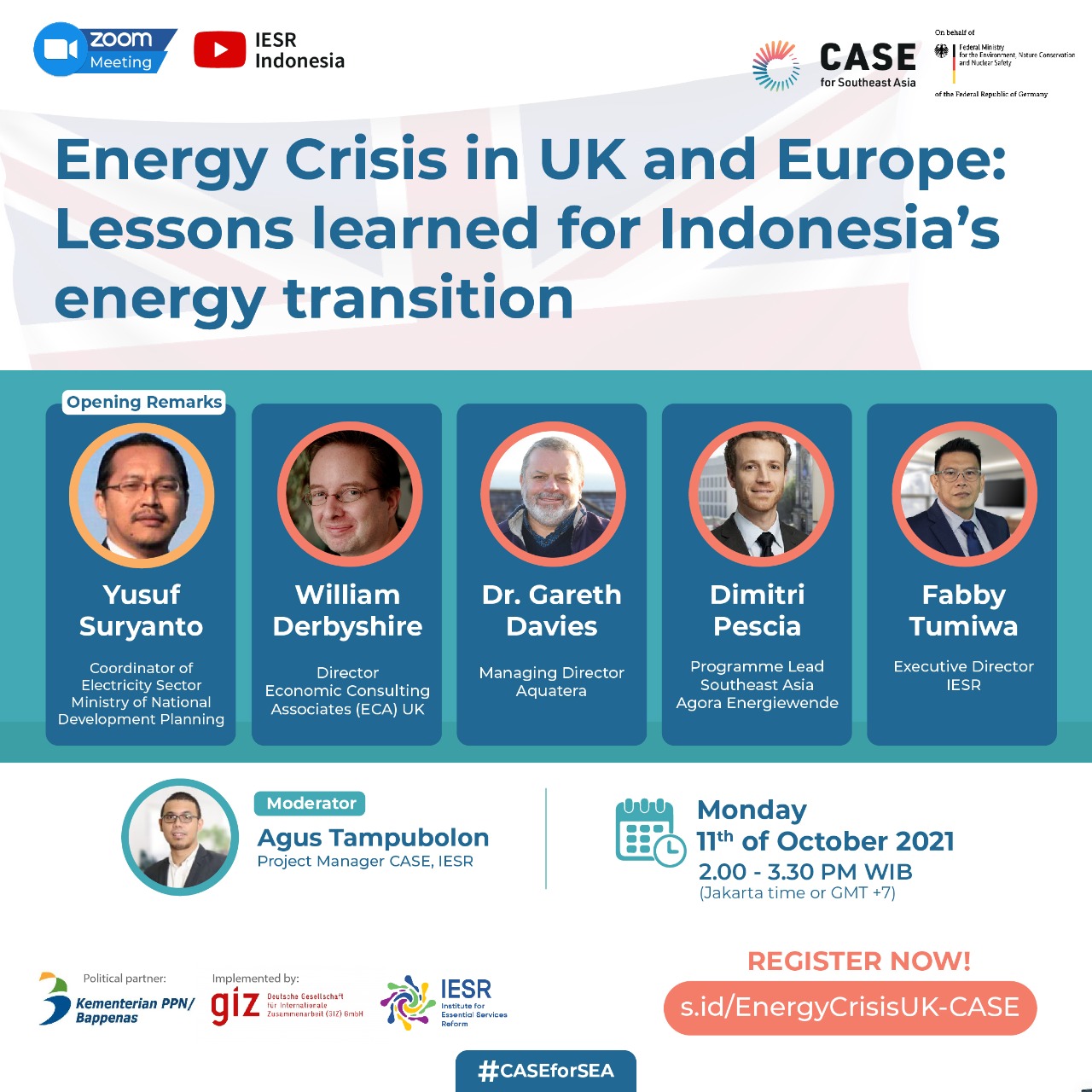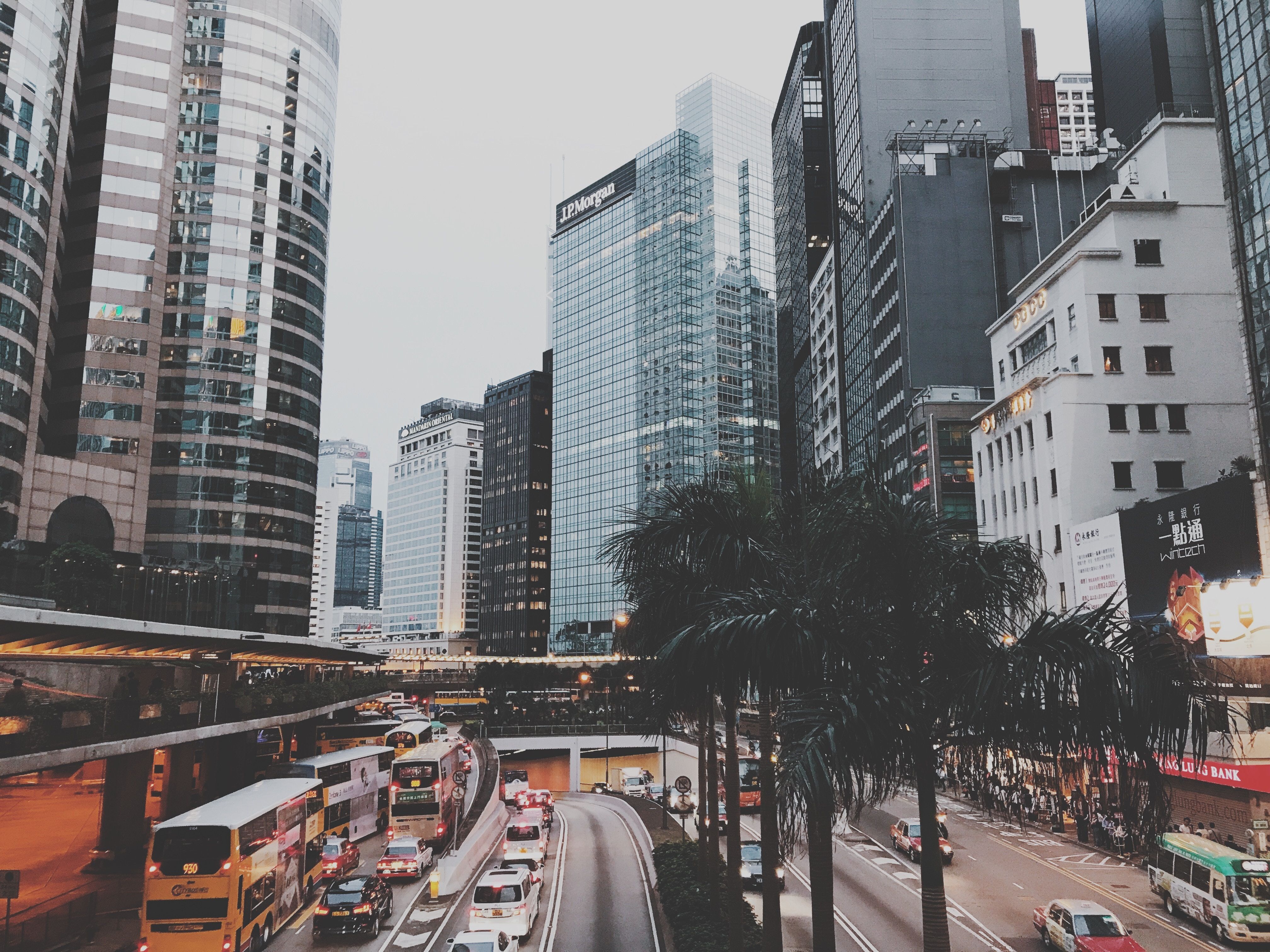Penurunan target energi terbarukan Indonesia baru-baru ini menyoroti tantangan dekarbonisasi di Asia Tenggara, dengan masalah inflasi dan pembiayaan yang semakin meningkat di seluruh wilayah, dari Malaysia hingga Vietnam.
Baca selengkapnya di Nikkei Asia.

Siaran Tunda
Clean, Affordable, and Secure Energy (CASE) for Southeast Asia (SEA) adalah program regional yang berjalan di Indonesia, Thailand, Filipina, dan Vietnam. Tujuan CASE adalah untuk mengubah arah sektor energi di Asia Tenggara untuk secara substansial beralih ke transisi energi berbasis bukti, yang bertujuan untuk meningkatkan ambisi politik untuk mematuhi Perjanjian Paris.
Melalui CASE Indonesia,…

Energy Transition Blog Series #1
Energy in human civilization
Paolo Malanima, an economic historian from Italy, classifies the history of the world energy into two periods based on the utilization of energy source. The first period ranges from 7 million to 500 years ago, marked with five prime energy sources, namely food, firewood, animal feed, hydropower,…
Ketua DPR Setya Novanto dan Menteri ESDM Sudirman Said
TRIBUNNEWS.COM, JAKARTA - Direktur Eksekutif Institute for Essential Services Reform (IESR) Fabby Tumiwa menilai legal standing pelapor yakni Sudirman Said tidak perlu dipersoalkan oleh Mahkamah Kehormatan Dewan (MKD).
Pasalnya, Fabby mengutip Peraturan DPR RI No. 2 Tahun 2015 tentang tata beracara MKD. Tepatnya pada pasal 1 butir 10,…
